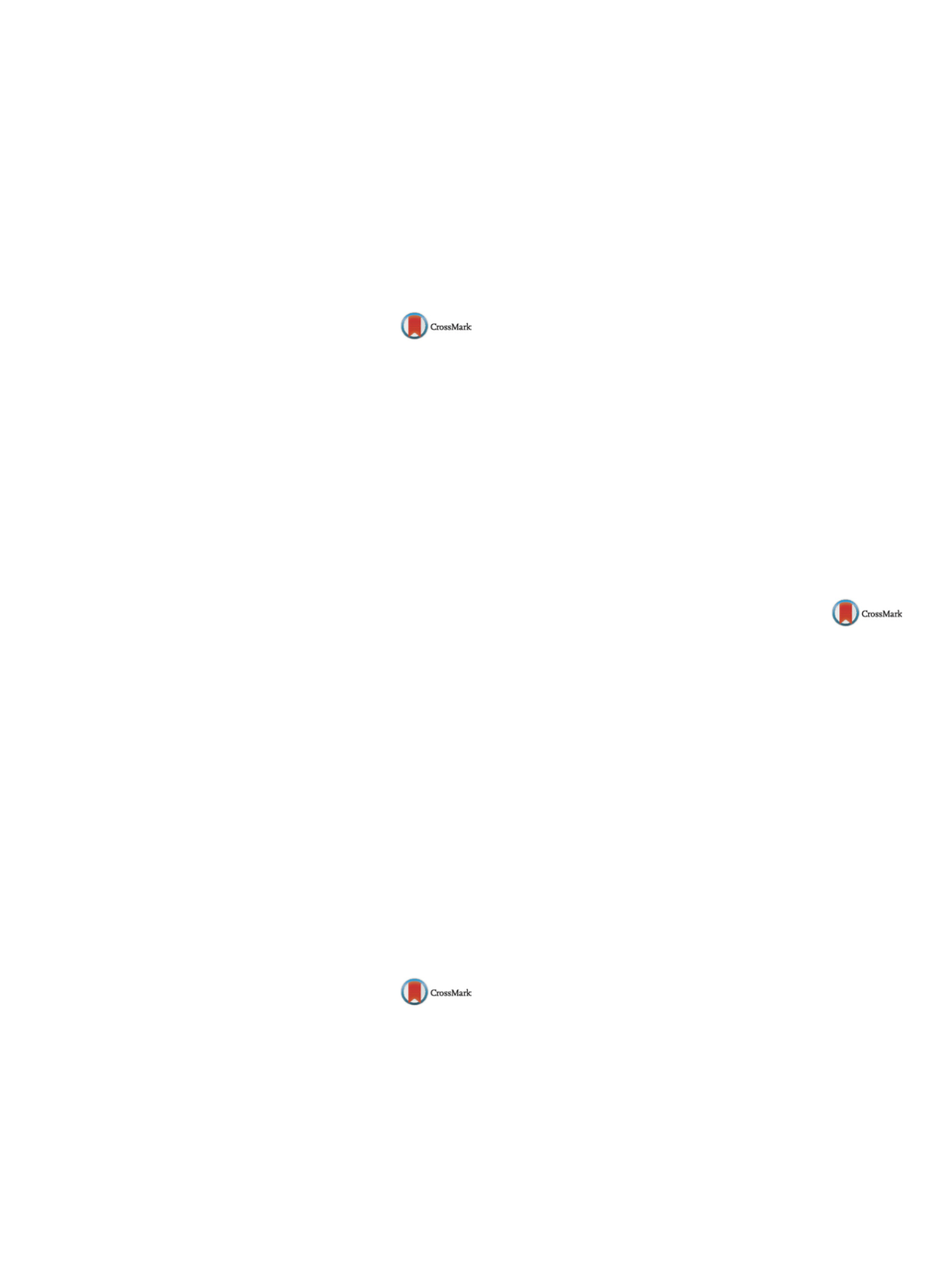

25th European Congress of Psychiatry / European Psychiatry 41S (2017) S521–S582
S541
Results
Data collection is ongoing. According to Literature we
expect to find a significant number of MDD patients on Vortioxe-
tine to achieve a reduction in depressive symptoms from baseline,
to report poor adverse events and to increase their cognitive per-
formance.
Conclusion
As shown by recent literature, Vortioxetine might be
an effective option in treating MMD with particular focus on cog-
nitive dysfunction.
Disclosure of interest
The authors have not supplied their decla-
ration of competing interest.
http://dx.doi.org/10.1016/j.eurpsy.2017.01.749EV0420
Depression and loneliness did not
affect academic achievement among
university students
D. Sadeghi Bahmani
1 ,∗
, R. Faraji
2, P. Faraji
3,
E. Holsboer-Trachsler
1, S. Brand
11
University of Basel Psychiatric Hospital, Center for Affective- Stress
and Sleep Disorders ZASS, Basel, Switzerland
2
Islamic Azad university of Ardabil, Psychology, Ardabil, Iran
3
Ardabil University of Medical Sciences, Research and General
Practician, Ardabil, Iran
∗
Corresponding author.
Background
Many students experience symptoms of loneliness,
either as a result of the new academic situation or due to the lack
of social skills, which results in an inability to actively participate
in community activities and socialization. Depression is another
common problem that impacts students’ ability to perform life
activities. Further, while intuitively a negative association between
loneliness, depression and academic achievement is assumed,
consistent data are missing. Accordingly, the present study inves-
tigated the relationship between depression, and loneliness and
academic achievement among undergraduate students.
Method
This study was carried out on 240 university students
(mean age: M= 23.42 years), who completed the Beck Depres-
sion Inventory and the UCLA Loneliness Scale, while for academic
achievement the average marks were used.
Result
Increased age was associated with lower scores in loneli-
ness and depression, and higher achievements. Higher scores of
depression and loneliness were associated. Achievement scores
were unrelated to loneliness and depression.
Conclusions
Against intuitive expectations, academic achieve-
ment was unrelated to symptoms of depression and loneliness.
Accordingly, we assume that academic achievement seemed to
be related to further cognitive and emotional processes such as
motivation, mental toughness, stress resistance, and goal oriented
behavior.
Disclosure of interest
The authors have not supplied their decla-
ration of competing interest.
http://dx.doi.org/10.1016/j.eurpsy.2017.01.750EV0421
An item response theory based
analysis of the Hamilton depression
rating scale-an Indian perspective
D. Sanyal
1 ,∗
, B . Mukherjee
21
KPC Medical College Jadavpur West Bengal, Department of
psychiatry, Kolkata, India
2
Malda Medical College, Psychiatry, Kolkata, India
∗
Corresponding author.
Introduction
Hamilton Depression Rating Scale (HAMD) remains
the most widely used outcome measure though many consider the
scale to have many defects.
Objectives
To use IRT analysis to identify HDRS items which are
problematic in terms of IRT parameters, thus suggest changes to
the scale.
Methods
Patients attending psychiatric OPD meeting DSM-5
criteria for unipolar depressionwere selected for the study. Patients
were between 18-65 years of age, had no major medical prob-
lems and were not on any medicines at present. 17 item HDRS was
administered using the anchors developed by William Guy as part
of the ECDEU NIMH Collaborative Study To determine the relation-
ship between scores on the individual HAMD items and overall
depressive severity in an outpatient population Option Charac-
teristic Curve (OCC) which is a graphical representation of the
probability of endorsing the different options for a given itemacross
the range of depressive severity) and Item Characteristic Curve
(ICC) which is a graphical representation of the mean item score
(expected value) and confidence interval as a function of depressive
severity was used.
Results
Results showed that Items Depressed Mood, Work and
Activities show good relationship between item responses and
overall depressive severity. Items Hypochondriasis, somatic symp-
toms general and retardation appeared to be more problematic
with regard to their ability to discriminate over the full range of
depression severity.
Conclusions
Further studies are needed to critically review one of
the most commonly used scale for one of the commonest malady
of humans.
Disclosure of interest
The authors have not supplied their decla-
ration of competing interest.
http://dx.doi.org/10.1016/j.eurpsy.2017.01.751EV0422
Folate and pyridoxine to ssri in major
depression and residual cognitive
Decline
V. Savic
1 ,∗
, O . Golubovic
1 , S. Nikolic
21
Special Hospital for Psychiatric Disorder, K, Vrsac, Serbia
2
Special Hospital for Psychiatric Disorder, E, Vrsac, Serbia
∗
Corresponding author.
Introduction
Depressive disorders are very common conditions,
lifetime risk for experiencing major depression is approximately
15%.
Objective
Patients with major depression having an insufficient
response to SSRI may benefit from addition of methylfolate and
pyridoxine.
Aim
The aim of our study was to determine the effect of folate
and pyridoxine augmentation to SSRI on emotional, physical and
cognitive symptoms in major depression.
Methods
Eighteen patients with MDD were enrolled, were on
citalopram 20mg/day when folate/15mg per day/and pyridox-
ine/40mg per day/were added. They have beenmonitored for three
months using standard scales for depression and assessment by
interview.
Results
After three months of using folate and pyridoxine to SSRI
there was a significant improvement in depression as measured by
the scales. In 8 patients were recorded improvements of 30–50%.
The most prominent changes were in cognitive sphere of depres-
sion such as attention, reasoning and problem solving, working
memory and speed of processing.
Conclusion
Low levels of folate and pyridoxine have been asso-
ciated with the presence of depression and residual poor cognitive
function. Our study confirms that folate and pyridoxine as adjunc-
tive therapy to SSRI-partially refractory major depression is useful
in particular to issues of residual cognitive interference condi-
tions such as impaired concentration andmemory, slowmentation,
attention/vigilance, problem solving, working memory and speed
of processing.


















